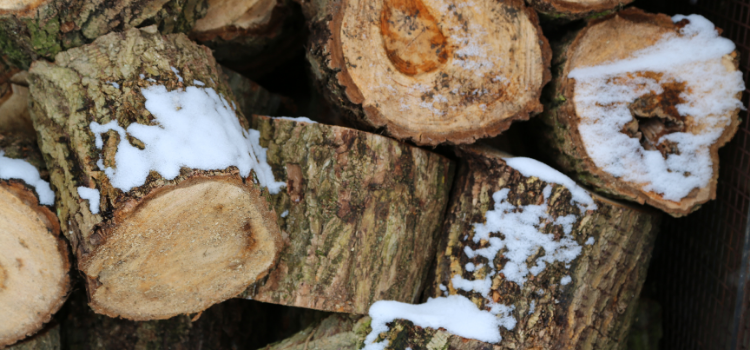6 Ways to Prepare Your Trees for WinterPosted: 2020-11-10
Trees differ in terms of their ability to tolerate freezing temperatures. While some may do fine when the climate gets frosty, others may need extra care to keep them from being injured or even dying. There are simple steps you can take to help your trees get through the winter. Consider these six easy steps. Wrap it up. Certain types of deciduous trees should be wrapped for protection. A tree wrap is used to cover the trunk of a tree, which offers a layer of protection to the bark underneath. It prevents the bark from damage or splitting that may occur in winter. It also keeps squirrels, rabbits, and deer from vandalizing the tender bark when their food sources are scarce. This technique applies mainly to new trees, young trees, or saplings. Wrapping the trunk is also necessary for trees that have thin bark texture, such as willows, soft maple, honeylocust, ashes, and crabapple. Prune. Pruning before winter is a great time to maintain the health of a tree and promote its growth during spring and summer. It’s an effective way to minimize its chances of attracting disease-carrying insects and spreading disease. Also, pruning gives the tree a better foundation for next spring. Pruning when there are no leaves makes it easier to improve the branching pattern of the tree. It also keeps the tree get rid of weak or damaged branches that may break off in winter. Clean up. One of the breeding grounds of disease-causing fungi is under fallen leaves. When the temperatures begin to warm up in spring, it awakens dead mold spores, allowing them to infect your trees. Therefore, be sure to clean up the area surrounding your trees and remove fallen leaves to lower the trees’ chances of being infected. Fertilize. In natural environments, trees can grow without human intervention. However, trees in man-made areas grow in restricted root zones or are settled in compacted soil. For this reason, proper fertilization is needed to help improve tree health, enabling it to better cope with the stresses of the environment and the winter season. Not all trees need to be fertilized, but if they have little or pale green leaves, or are showing dead branch tips, fertilization may be required. Mulch. Tree care and maintenance are never complete without mulch, which is a protective layer of inorganic or organic material spread around the base of a tree. Mulching helps to lock in moisture and regulate temperature to ensure the tree is well insulated. It helps prevent evaporation, water runoff, which improves water penetration to root zones and limits weed growth that can also compete for water. Mulch also provides a protective zone spreading out from the trunk of a tree that keeps lawn care equipment like mowers from damaging the trunk of the tree. Water. As mentioned earlier, not all trees are immune to cold weather. Trees experience stress during this time of year, and it’s usually the lack of water that does the most damage. When trees do not have enough water in the winter, they can suffer significant damage in the spring. For this reason, it’s best to keep watering the trees regularly through the fall and until the ground begins to freeze. Water acts as an insulator, both to the tree and the soil. When the soil remains moist, it is warmer, making the tree less susceptible to damage from the cold. Keep in mind to water only when the temperature is above 40 degrees F, and there is no snow or ice on the area surrounding your trees. Doing this early in the day allows the tree to have more time to absorb water before the temperature drops at night. Conclusion You may be enjoying a toasty home this coming winter season, but your trees and plants are exposed to frosty weather. To give them a layer of protection from the dangers of extremely low temperatures, try these six easy tree maintenance steps. Show your trees some tender loving care when they need you, and they will surely return the favor when you need them during the warm months.
| |






.jpg)
